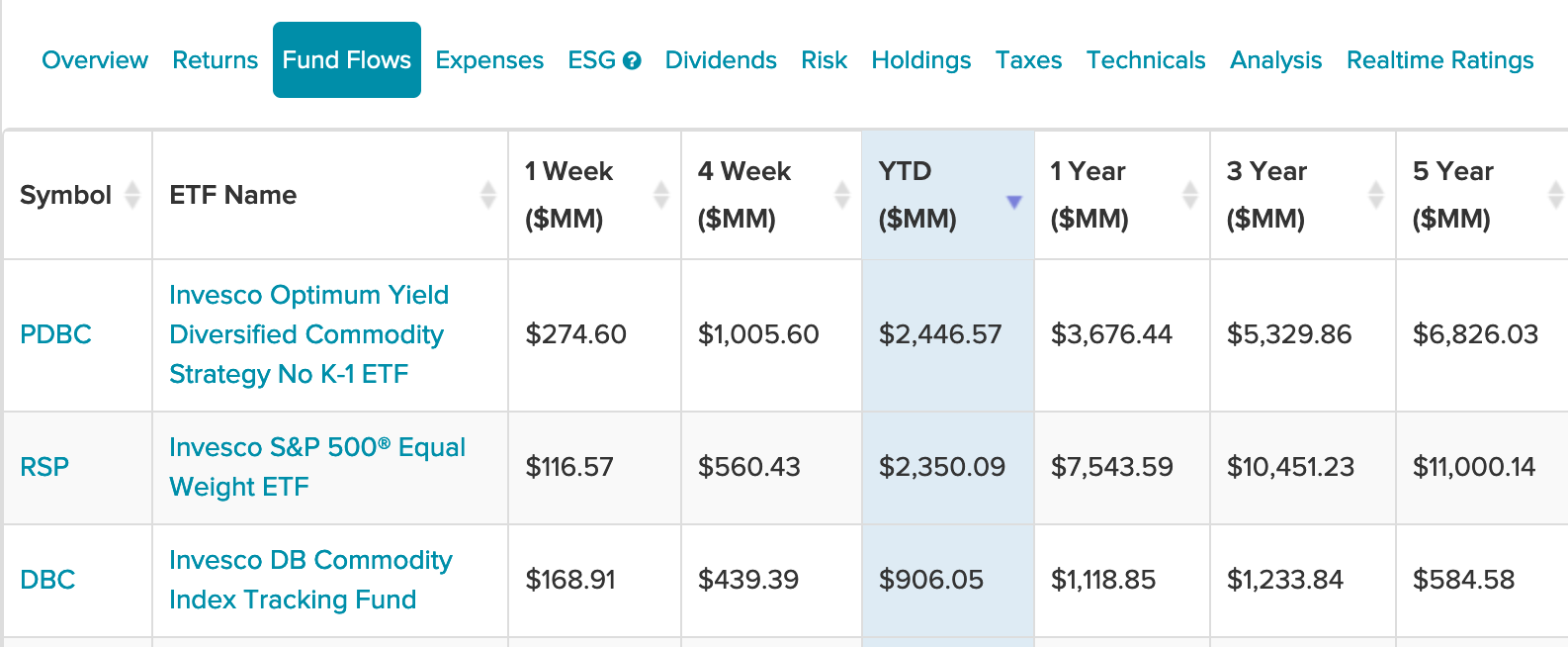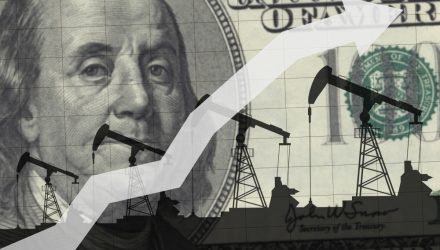Investor choices in the exchange traded fund (ETF) world have been heavily inflation-driven for much of the year. Inflows into Invesco commodity ETFs are proof of that.
With consumer prices rising again in February, inflation remains top-of-mind for investors, and one way to hedge against it is commodities. As such, the Invesco ETF with the highest inflows so far in 2022 is the Invesco Optimum Yield Diversified Commodity Strategy No K-1 ETF (PDBC).
By using an active management strategy, PDBC seeks long-term capital appreciation. The fund seeks to achieve its investment objective by investing in a combination of financial instruments that are economically linked to the world’s most heavily traded commodities.
Commodities are assets that have tangible properties, such as oil, agricultural produce, precious metals, or raw metals. They give investors alternative assets that are relatively uncorrelated to broad stock market indexes.
Furthermore, PDBC offers exposure to commodity futures without the tax hassle of a K-1. The fund also attempts to avoid “negative roll yield,” which could erode returns over time.

Hedging Rising Energy Costs
Coming in third after Invesco’s equal-weight strategy ETF is a broader energy play with the Invesco DB Commodity Index Tracking Fund (DBC). DBC seeks to track changes, whether positive or negative, in the level of the DBIQ Diversified Agriculture Index Excess Return™ (DBIQ Diversified Agriculture Index ER or Index), plus the interest income from the fund’s holdings of primarily U.S. Treasury securities and money market income less the fund’s expenses.
DBC gives investors cost-effective exposure to commodities in the convenience of an ETF wrapper. The index the fund tracks is a rules-based index composed of futures contracts on 14 of the most heavily traded and important physical commodities in the world.
As of March 11, the fund primarily consists of diesel fuel, Brent crude, gasoline, and WTI crude. Combined, the exposure makes up 50% of the fund, giving investors plenty of energy exposure.
For more news, information, and strategy visit the Innovative ETFs Channel.








